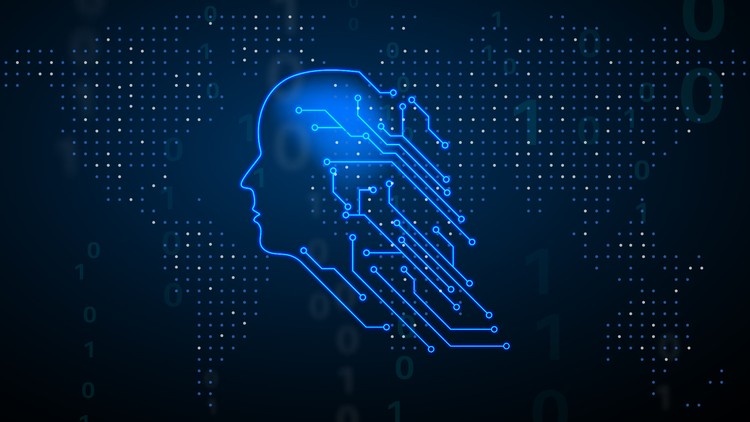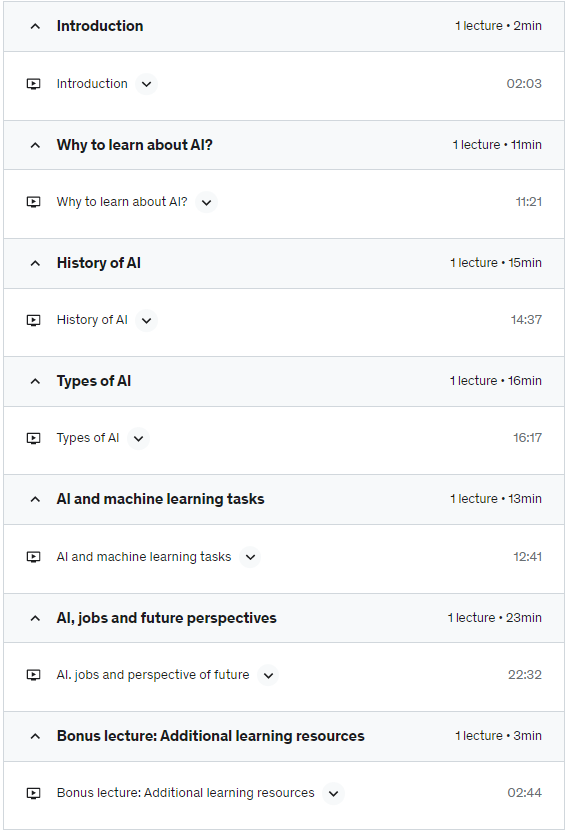Not even two months after its creation, a new artificial intelligence (AI) technology called ChatGPT is getting banned from schools and stirring controversy among educators.
ChatGPT, a free and easy-to-use AI search tool, hit the ground running when it was launched to the public in November. A user types in a question and ChatGPT spits back out an easily understandable answer in an essay format.
Although a huge advancement in the technology field, educators and school systems must grapple with the new tool and the challenges it introduces.
“While the tool may be able to provide quick and easy answers to questions, it does not build critical-thinking and problem-solving skills, which are essential for academic and lifelong success,” Jenna Lyle, a spokesperson for New York City’s Department of Education, said.
New York City and Seattle public schools have banned the use of ChatGPT from their devices and networks, citing concerns about cheating and a negative impact on learning.
How ChatGPT became popular so quickly
Adam Conner, vice president for technology Policy at the Center for American Progress, said ChatGPT became so popular quickly because it is one of the first AI technologies of its kind to be available to the public in a way the public can understand it.
“What is different about GPT is that it is generative, that it creates the kind of outputs in ways that normal human beings understand as opposed to [the technology] just kind of outputting code or data” that only a subset of the population understands, Conner said.
Unlike other search engines, such as Google, ChatGPT can be conversational, giving human-like responses and dialogue with a user. A user can ask ChatGPT to create a resignation letter, discussion prompts for classes and even tests for students.
Jim Chilton, CTO of Cengage Group, an education technology company, says ChatGPT can be thought of as a “virtual best friend.”
“I did this with a calculus example, ‘generate me a calculus final exam.’ Not only did it generate it, but it also was able to answer each of the problems that it gave me. It explained step by step how it solved the calculus problem, reminding me of the principles as you went through to solve the problem.”
Cheating and learning concerns
What makes ChatGPT a challenge for educators is the AI technology comes up with unique wording for answers to the same question.
For example, when asking ChatGPT “What is an apple?”, one response begins, “An apple is a fruit that grows on a tree in the rose family, and is typically round and red, green, or yellow in color.” When asked the same question again, ChatGPT starts, “An apple is a pomaceous fruit, meaning it is produced by a deciduous tree in the rose family, cultivars of the species Malus domestica.”
These varying answers, which may all be correct, make it supremely difficult for an educator to discern whether a student used ChatGPT to write an assigned essay.
In a statement given to The Hill, an OpenAI spokesperson said the company is already working with educators to address their concerns about ChatGPT.
“We don’t want ChatGPT to be used for misleading purposes in schools or anywhere else, so we’re already developing mitigations to help anyone identify text generated by that system. We look forward to working with educators on useful solutions, and other ways to help teachers and students benefit from artificial intelligence,” the spokesperson said.
While technologies continue to be created to catch plagiarism or cheating with AI, an arguably bigger concern is students using ChatGPT and not learning the material.
“It’s worrying that they’re not learning the research skills, the critical thinking skills. I think this would be the highest concern. The reason why we have them write these papers isn’t for them to write papers. It’s to really build those skills around thinking,” Sean Glantz, a regional chapter support coordinator for the Computer Science Teachers Association (CSTA), said of students.
ChatGPT isn’t always right
ChatGPT is a machine learning model, meaning it improves with increased interaction with users on the platform.
ChatGPT evolves with human interactions, with its creators saying this “dialogue format makes it possible for ChatGPT to answer followup questions, admit its mistakes, challenge incorrect premises and reject inappropriate requests.”
As it learns, it can produce incorrect information. While a concern in some ways, this can actually be a benefit to teachers.
Glantz, who is also a high school computer science teacher in California, says the incorrect information ChatGPT gives may help teach students to fact-check statements and learn more about the technology they are using.
“When this thing gives us an incredibly convincing answer, and it’s totally wrong, well, ‘How did it arrive at that?’ That provides an opportunity to get into a discussion around what is the language learning model? What is artificial intelligence, right? What is machine learning?” Glantz said.
Because ChatGPT is a language learning model, the errors are also a sign that the technology is working as it should.
It is “validation of the technology and its current maturity state, and I think we will get you to see it get smarter over time, particularly as it learns and gets more material, more information, more facts for you to build its intelligence upon,” Chilton said.
Are the schools’ bans useful?
While some believe there is merit in a ban perhaps temporarily due to rapid use of ChatGPT among students, experts and teachers say the bans do not seem useful or equitable in the long term.
Although Conner said he does believe the bans on ChatGPT have “sort of a purpose,” he said, “everybody knows it’s not a universal solution.”
One major issue with the bans, Glantz said, is “equity and access.”
When a school bans ChatGPT, they can only enforce it on school computers and WiFi. While this works for students who don’t have access to technology outside of school, many students have personal devices at home they can use to access the AI technology.
“The students that are most impacted when a piece of software like ChatGPT is banned on school computers and school WiFi, that affects the kids that only have access to technology when they’re at school, using school technology,” Glantz said.
Glantz said he has seen some students go as far as to use a WiFi hotspot in school to get around the ban.
Teaching students how to use ChatGPT is also important because this type of technology could be important for jobs in the future, so “making sure that we’re giving the students those skill sets to leverage technology is going to be really important,” Glantz said.
Maneuvering around or with ChatGPT may be the beginning of figuring out the relationship between schools and AI technology.
“The decisions going forward with how to address ChatGPT and AI in schools will have to be a responsibility that falls on the company, educators, parents and administrators,” according to Conner.


